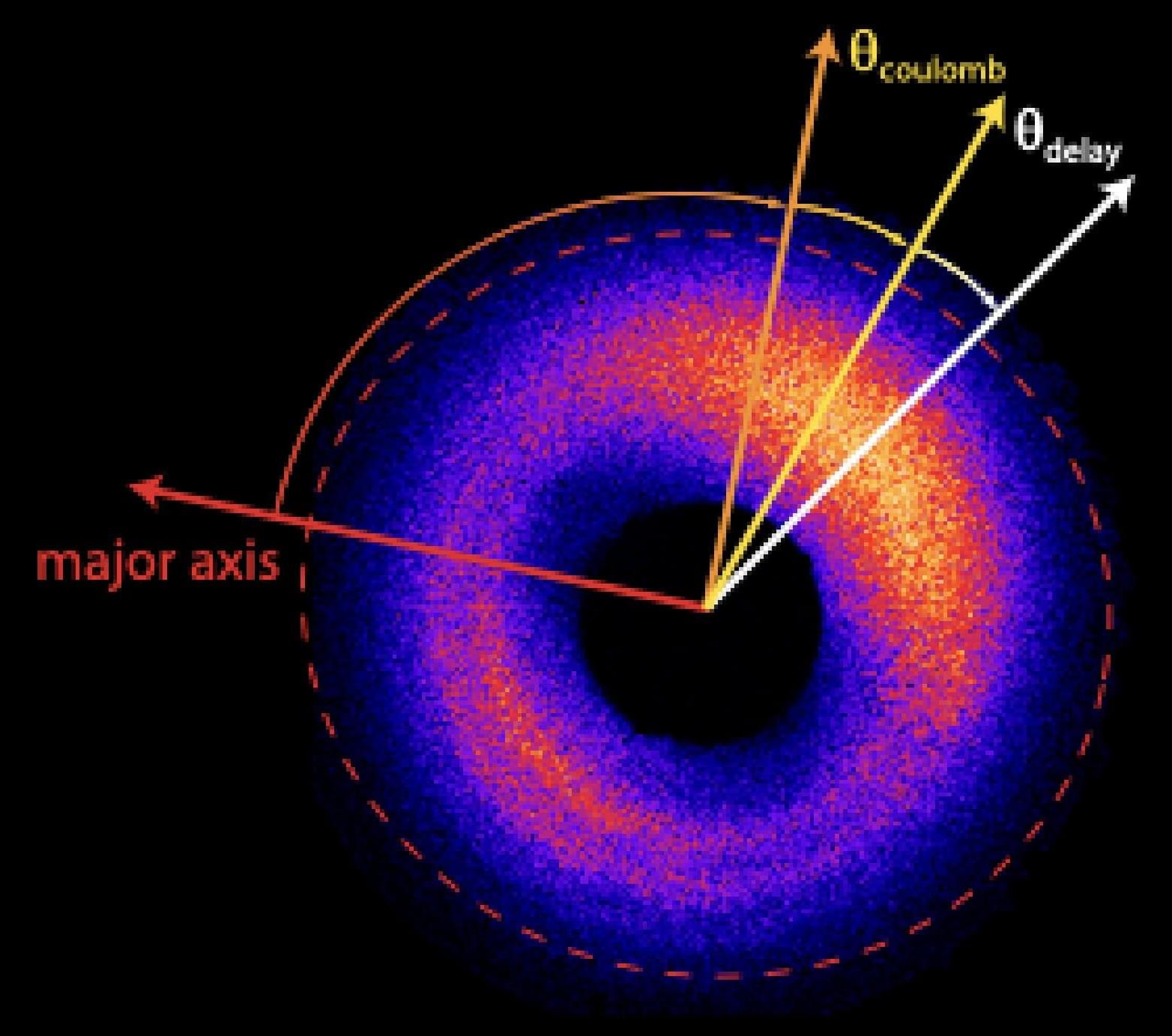When placed under a powerful laser field (i.e., under strong-field ionization), electrons can temporarily cross the so-called quantum tunneling barrier, an energy barrier that they would typically be unable to overcome. This quantum mechanics phenomenon, known as quantum tunneling, has been the focus of numerous research studies.
Precisely measuring the exact time that an electron spends inside a quantum tunneling barrier during strong-field ionization has so far proved challenging. In recent years, physicists have developed advanced experimental tools called attoclocks, which can measure the timing of ultrafast electron dynamics and could thus help to answer this long-standing research question.
Despite their potential for measuring the tunneling time of electrons, most attoclocks developed to date have had significant limitations and have been unable to yield reliable and conclusive measurements. In a recent paper published in Physical Review Letters, researchers at Wayne State University and Sorbonne University introduced a new attoclock technique that leverages the carrier-envelope phase (CEP), the offset between the peak of a laser’s pulse’s envelope and its oscillating field, to collect more precise tunneling time measurements.
